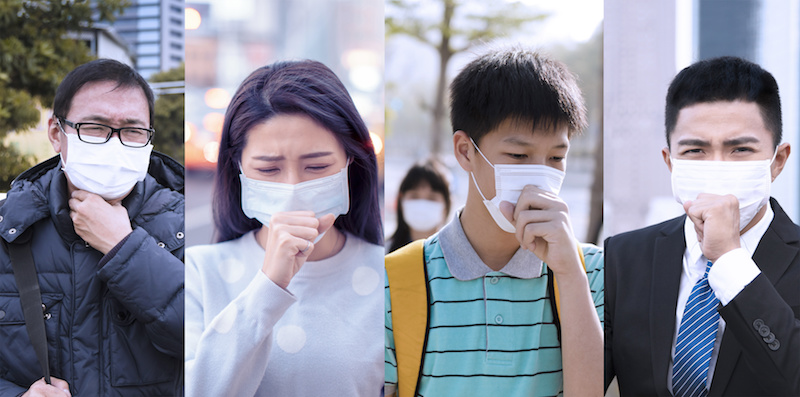
- Healthy living is a life style. It is about the environment you live in, the hair and skin care you use, the food you eat and water you drink. Environment is a huge part of healthy living, and the healthy steps you take to make your environment healthier will not only help you, but everyone around you.
- In the first wide-scale estimate directed to the effects of trees on air pollution, scientists and collaborators from the U.S. Forest Service have calculated that trees are saving over 850 lives per year. They have also calculated an estimated 670,000 cases of acute respiratory symptoms prevented by trees.
- Though the average air quality improvement of trees was only about 1%, the impact of that percent alone is incredibly significant. The U.S. Forest Service researchers have estimated the health benefits of the air pollution removal of trees to about $7 billion every single year.
- The research was published in Environmental Pollution.
- Dave Nowak and Eric Greenfield of the U.S. Forest Service’s Northern Research Station and Satoshi Hirabayashi and Allison Bodine of the Davey Institute conducted the study. This research is unique, as it associates the trees’ removal of air pollution with human health benefits and monetary value. The scientists found that in rural areas, the removal of air pollution was higher, but the human health benefits were substantially higher in urban areas.
- “With more than 80 percent of Americans living in urban area, this research underscores how truly essential urban forests are to people across the nation,” explained Michael T. Rains, Director of the Forest Service’s Northern Research Station and the Forest Products Laboratory. “Information and tools developed by Forest Service research are contributing to communities valuing and managing the 138 million acres of trees and forests that grace the nation’s cities, towns and communities.”
- The researchers took a look at four pollutants that the Environmental Protection Agency (EPA) has used to establish air quality standards: nitrogen dioxide, ozone, sulfur dioxide, and particulate matter less than 2.5 microns (PM2.5) in aerodynamic diameter. The health effects they observed included cardiovascular, neurological, vascular, and pulmonary effects.
- In the United States air pollution contributed to about “130,000 PM2.5-related deaths and 4,700 ozone-related deaths” in the year 2005.
- The benefits of trees vary throughout the nation. Average tree cover in the United States is estimated at about 34 percent, but different states have different overall tree cover.
- “In terms of impacts on human health, trees in urban areas are substantially more important than rural trees due to their proximity to people,” Nowak stated. “We found that in general, the greater the tree cover, the greater the pollution removal, and the greater the removal and population density, the greater the value of human health benefits.”
- Our advice: Take a step towards healthy living – plant a tree today.
-
- Note: None of the information in our website is intended to diagnose, treat, cure or prevent any illness or disease. The content on our website is for educational purposes only.
-
- DON’T FORGET to sign up for our weekly newsletter to get our latest articles, updates, free recipes and giveaways.


















